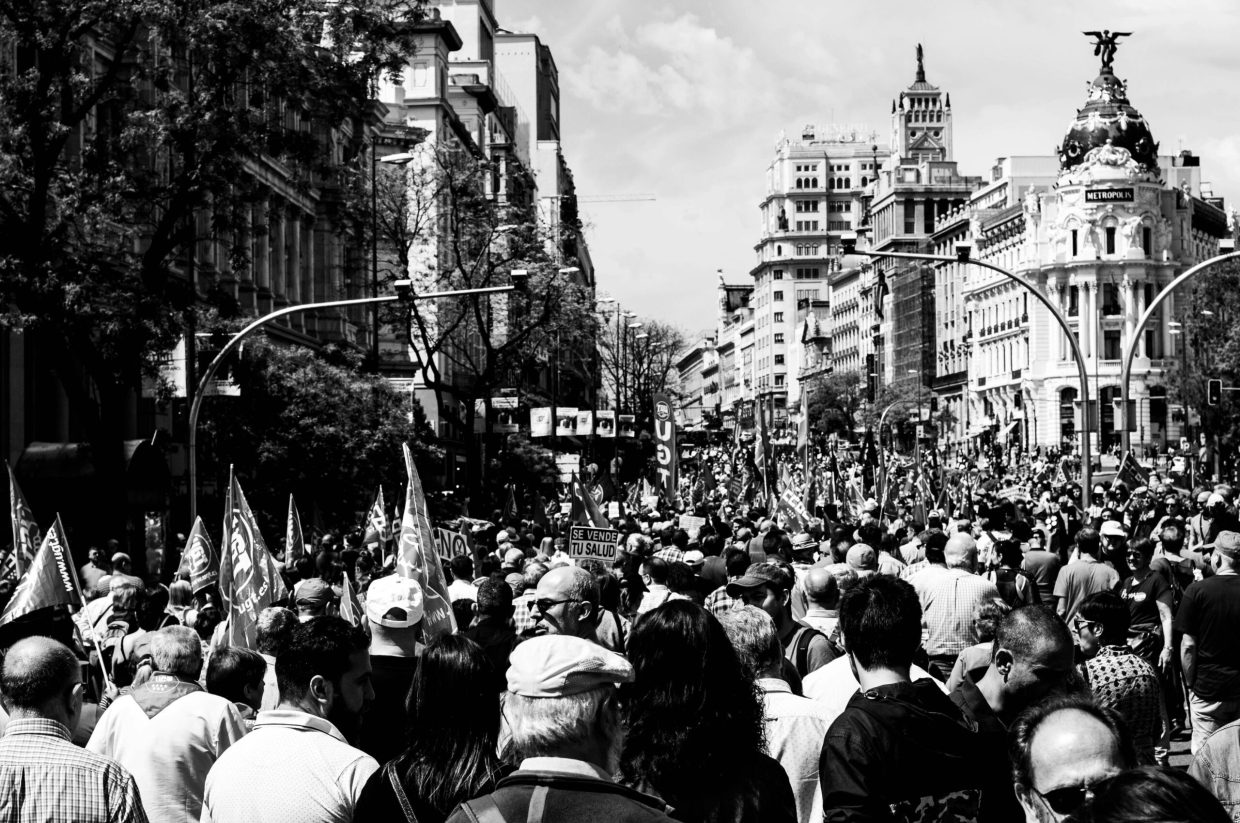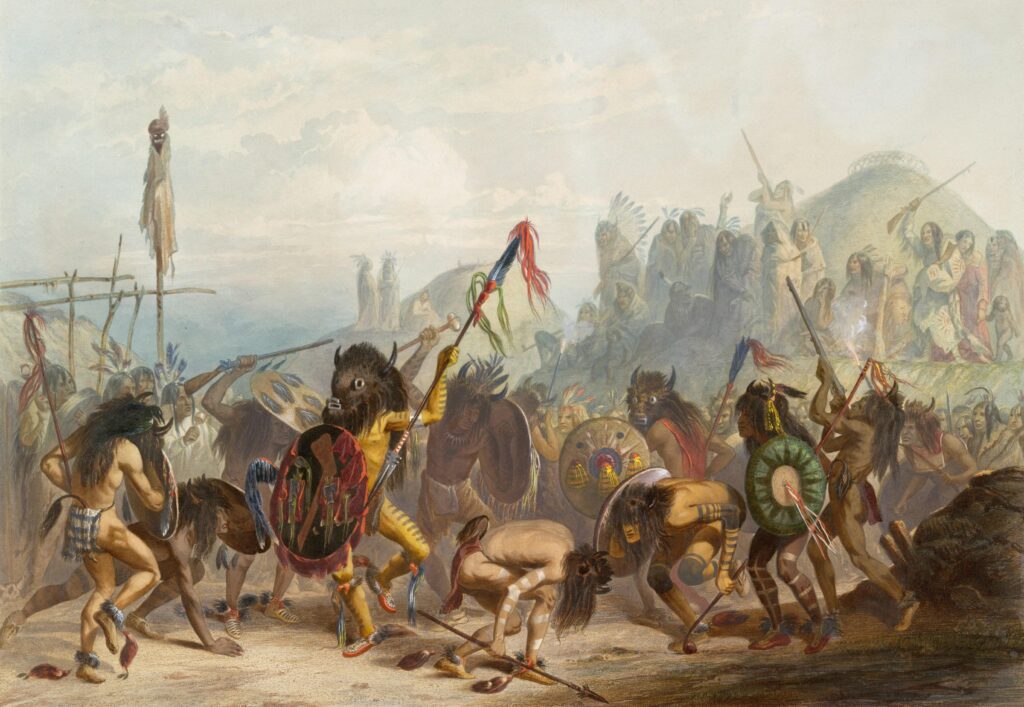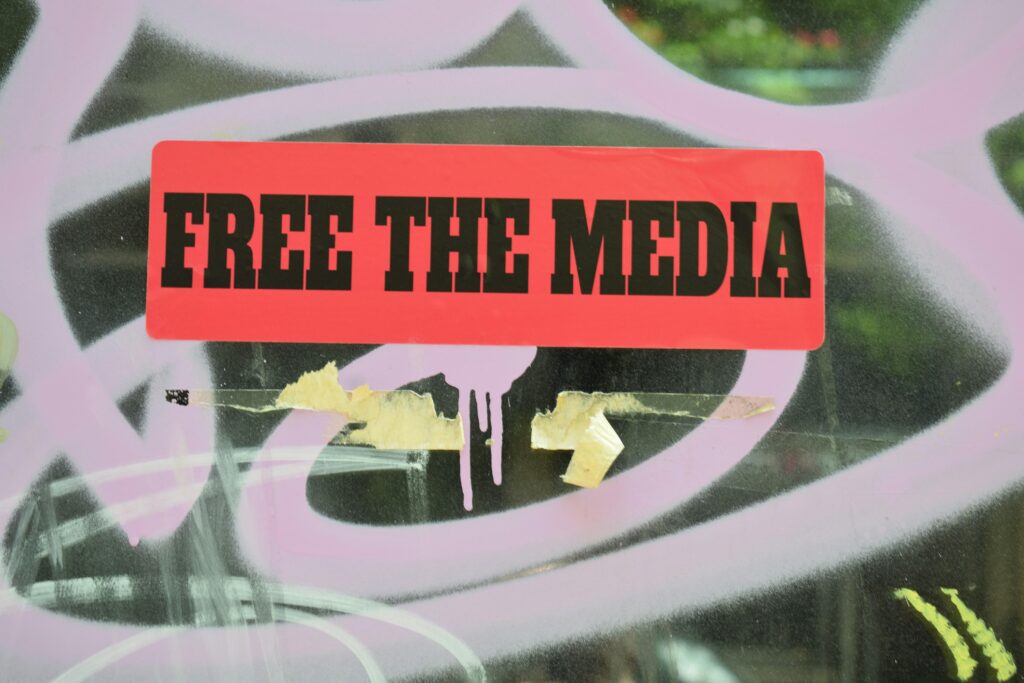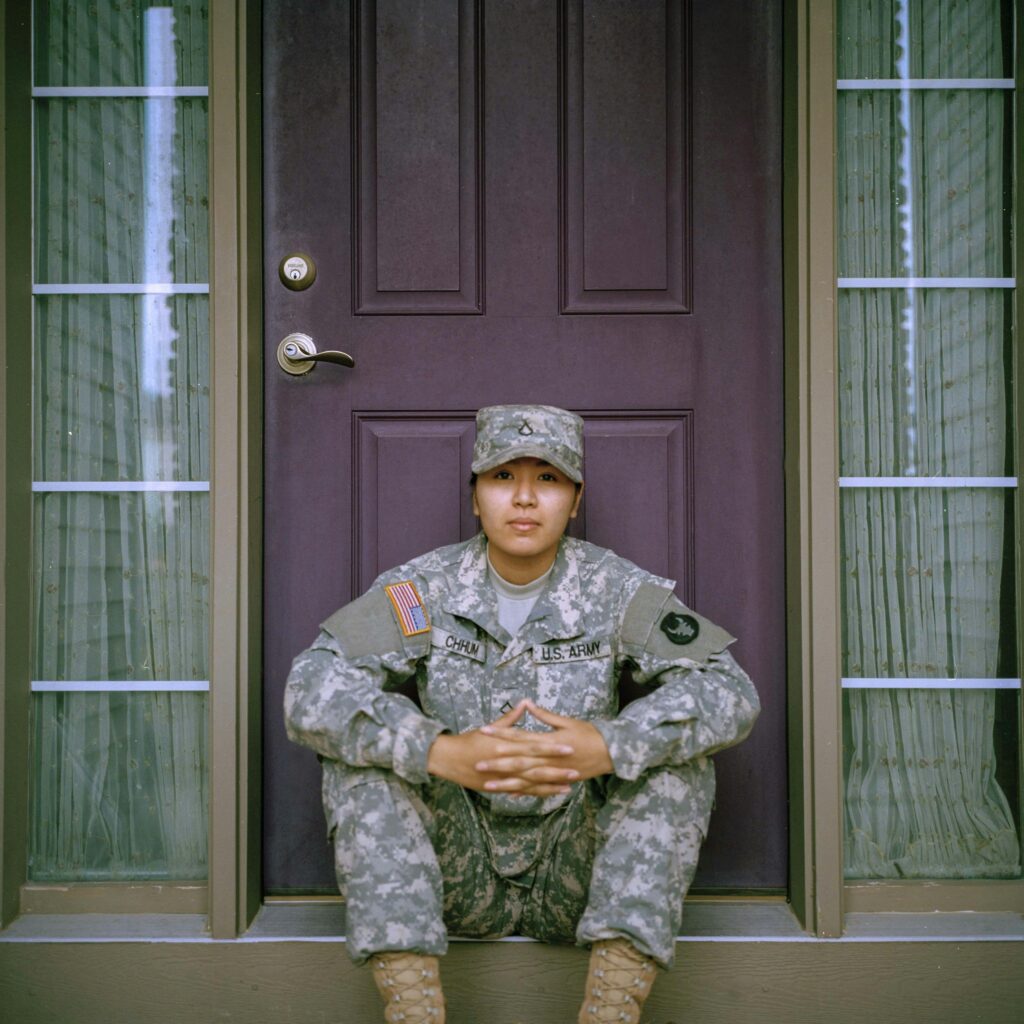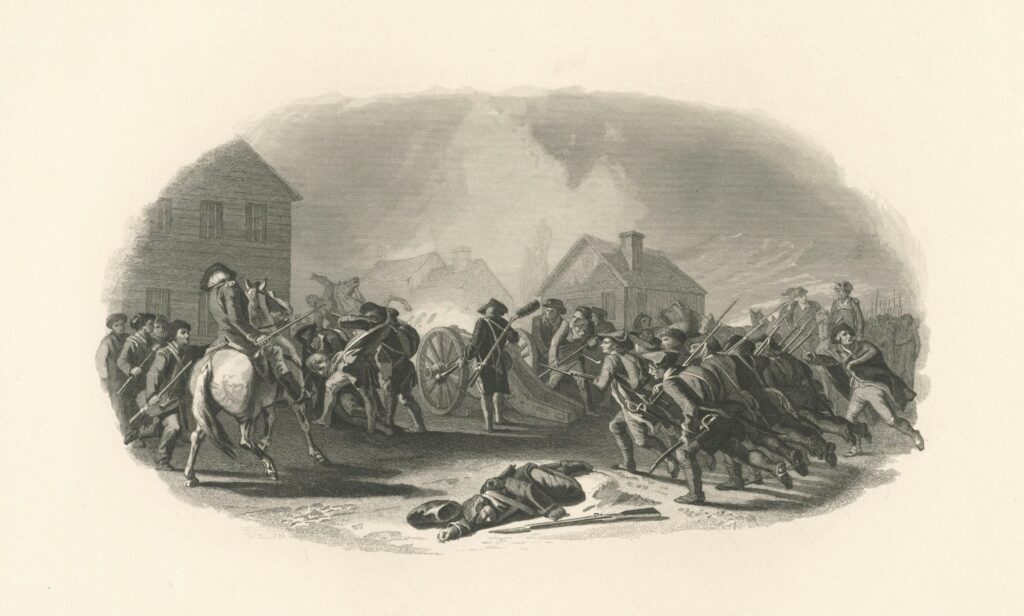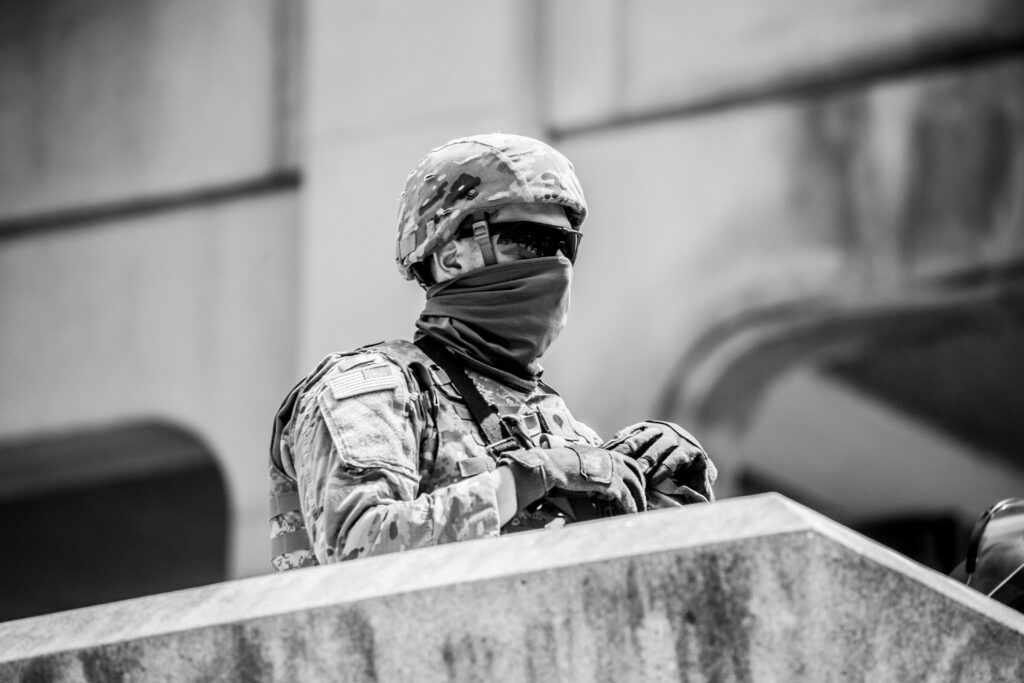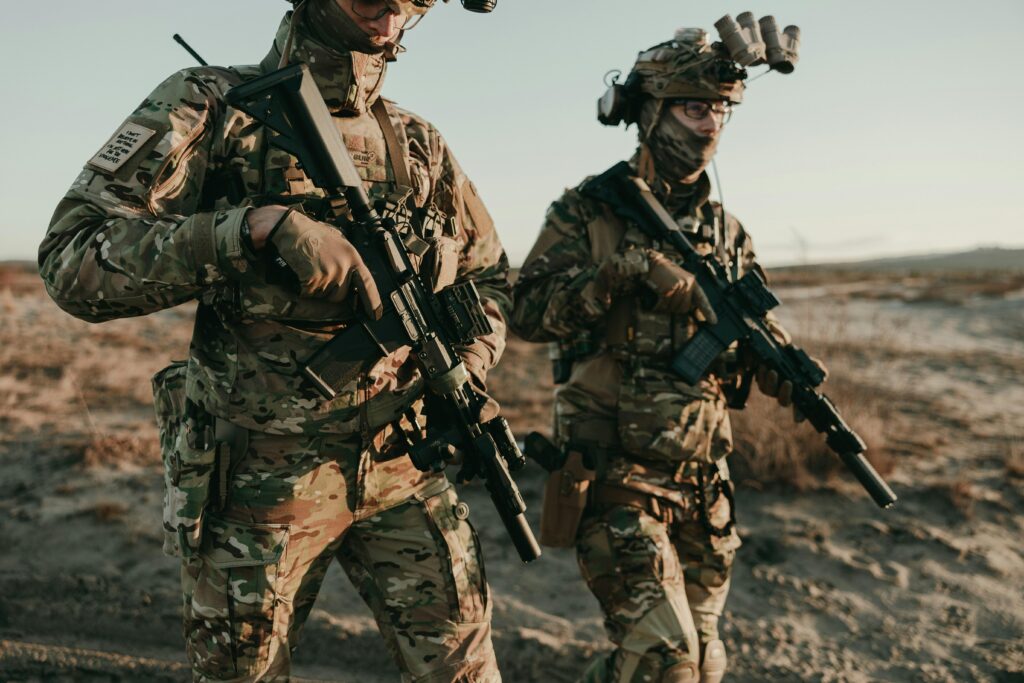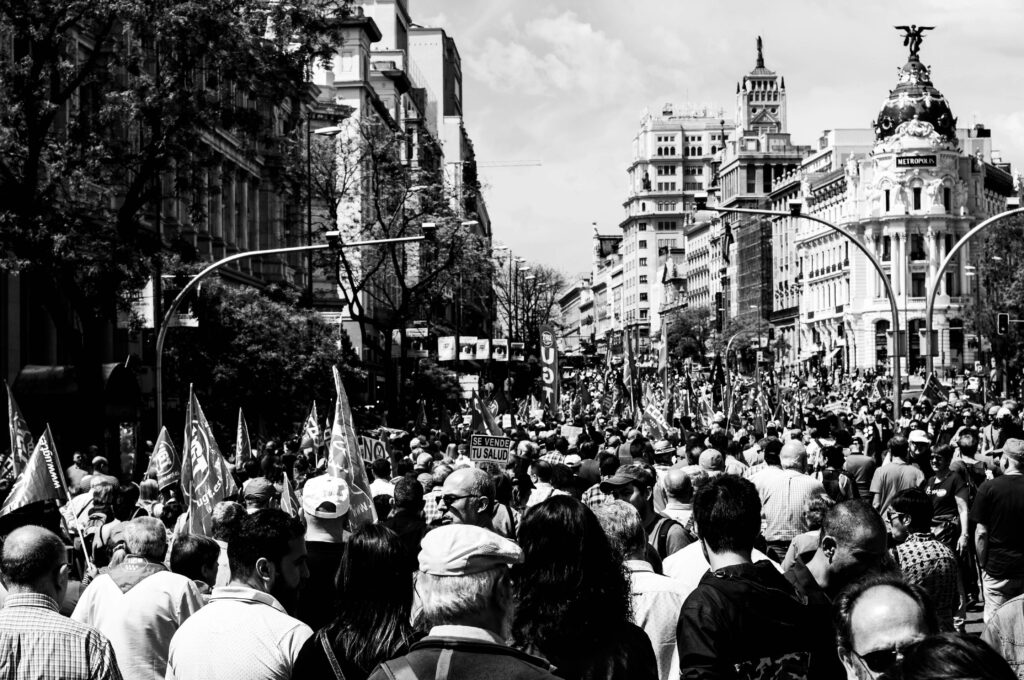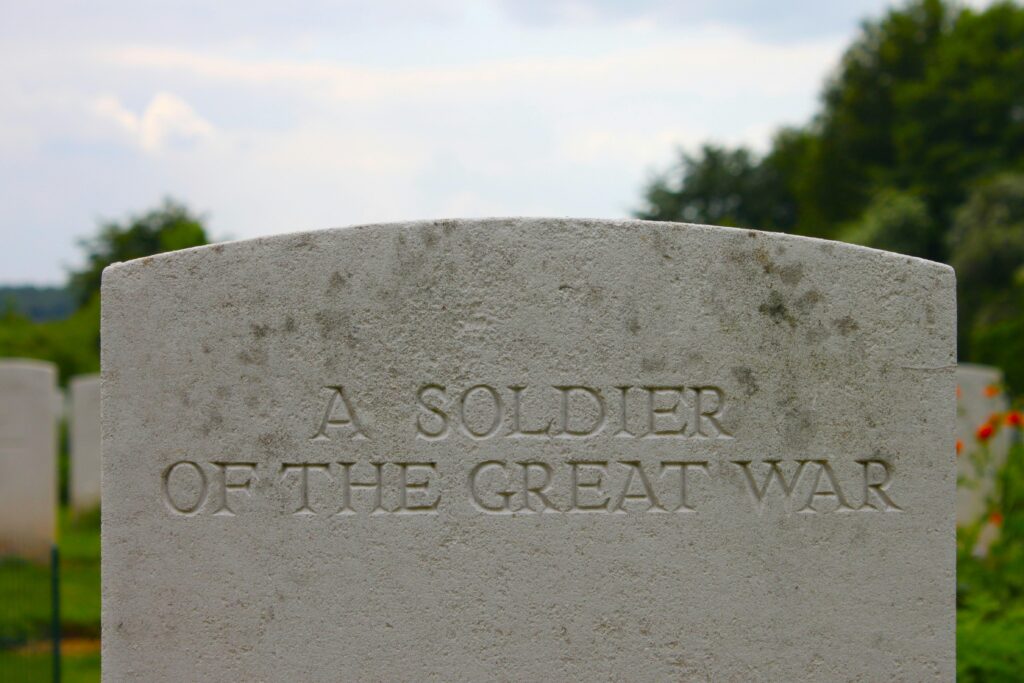In times of conflict, the collective identity and shared values of a nation often come to the forefront, playing a crucial role in shaping public sentiment and action. Nationalism, with its deep-rooted appeal to unity and pride, frequently acts as a powerful catalyst for political mobilization during wartime. This article explores how nationalist sentiments inspire citizens, influence leaders, and drive political movements in the heat of conflict, highlighting the complex interplay between identity and political engagement when the stakes are highest. Whether fostering solidarity or fueling divisions, understanding this dynamic is key to grasping the broader impacts of war on societies.
Table of Contents
- Understanding the Emotional Power of National Identity in Rallying Support
- Examining Government Strategies to Leverage Nationalism for Unity
- The Role of Media in Shaping Nationalist Narratives During Conflict
- Best Practices for Encouraging Inclusive Patriotism Without Exclusion
- Wrapping Up
Understanding the Emotional Power of National Identity in Rallying Support
National identity taps deeply into the collective consciousness, acting as a potent emotional catalyst during times of crisis. When citizens perceive their nation as under threat, a shared sense of belonging and pride often surges to the forefront. This emotional binding is not simply about cultural symbols or historical narratives; it morphs into a powerful call to action, uniting disparate groups around a singular cause. In wartime, this unity fosters resilience, motivating individuals to sacrifice and mobilize in defense of their homeland.
Several key emotional dynamics amplify this effect:
- Collective memory: Shared stories of past struggles and triumphs fuel a renewed determination to protect national sovereignty.
- Sense of duty: A moral obligation rooted in identity compels individuals to support wartime efforts, whether through direct participation or communal backing.
- Belonging and solidarity: Feeling part of a larger whole strengthens resolve and diminishes individual fears, channeling energy into collective mobilization.
Examining Government Strategies to Leverage Nationalism for Unity
Governments often harness nationalism as a potent tool to cultivate a collective identity during times of conflict. By emphasizing shared history, culture, and values, they create a unifying narrative that transcends individual differences. This narrative is strategically embedded in public speeches, educational reforms, and media campaigns, all designed to foster a sense of belonging and purpose among citizens. Additionally, public symbols such as flags, anthems, and commemorations are amplified to resonate emotionally with the populace, encouraging solidarity and a collective commitment to national goals.
Key strategies include:
- Promoting patriotic education: Integrating national history and pride into school curricula to shape future generations’ understanding of unity.
- Mobilizing cultural events: Organizing festivals and public ceremonies highlighting national achievements and heroes.
- Media framing: Utilizing state and private media to present consistent narratives that celebrate national resilience and strength.
- Policy alignment: Encouraging policies that visibly reflect national interests, bolstering public trust and support.
The Role of Media in Shaping Nationalist Narratives During Conflict
Media outlets become powerful architects of public sentiment in times of conflict, crafting narratives that often amplify national pride and collective identity. Through selective storytelling and emotive imagery, they shape perceptions of the “enemy” and reinforce a sense of unity among the populace. This curated representation not only legitimizes governmental actions but also fosters widespread emotional investment in the war effort, making nationalism a tangible force that propels political mobilization.
Key mechanisms by which media influence nationalist narratives include:
- Framing of events: Highlighting victories and downplaying setbacks to sustain morale.
- Symbolism and language: Using patriotic symbols and charged rhetoric to evoke loyalty.
- Selective focus: Emphasizing shared history and cultural heritage to strengthen group identity.
- Demonization: Portraying opponents as threats to national survival, justifying mobilization.
By harnessing these strategies, the media not only report on conflicts but actively participate in molding the ideological landscape, making it easier for political leaders to rally support and implement wartime policies. This symbiotic relationship underscores the critical role of media as both messenger and motivator in shaping the political realities of wartime nationalism.
Best Practices for Encouraging Inclusive Patriotism Without Exclusion
Fostering a sense of unity during times of conflict requires a delicate balance—one that celebrates collective identity without alienating diverse voices within the nation. Encouraging inclusive patriotism begins with emphasizing shared values rather than uniformity of background or belief. By focusing on common aspirations like freedom, justice, and resilience, leaders can create a platform where citizens feel genuinely connected, regardless of ethnicity, religion, or political stance. This approach nurtures an atmosphere where everyone’s contribution is valued, transforming patriotism from a potentially exclusionary concept into a unifying force.
- Promote narratives that highlight the diverse histories and cultures contributing to national strength.
- Encourage civic participation that welcomes different perspectives and life experiences.
- Address misinformation proactively to prevent divisive rhetoric from undermining solidarity.
Moreover, public symbols and ceremonies should evolve to reflect the pluralistic fabric of modern societies. Inclusive patriotism thrives when national celebrations acknowledge all citizens’ roles in shaping the country’s destiny, fostering pride without imposing uniformity. Educational initiatives play a critical role here, as they equip future generations with a nuanced understanding of nationalism—one that respects critical inquiry and civic responsibility. By prioritizing empathy and dialogue, societies can harness patriotic energy constructively, fueling political mobilization that strengthens rather than fractures the national community.
Wrapping Up
In conclusion, nationalism undeniably plays a crucial role in rallying populations during times of war. By fostering a shared sense of identity and purpose, it can unite diverse groups behind common goals, fueling political mobilization on an unprecedented scale. However, as we’ve explored, this powerful force is double-edged—while it can inspire resilience and solidarity, it also carries risks of exclusion and division. Understanding the dynamics of nationalism in wartime is essential for anyone interested in the intersection of politics, society, and conflict. Thanks for reading, and I’d love to hear your thoughts on how nationalism continues to shape political landscapes today.


